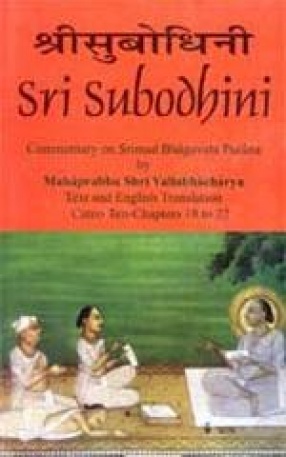Almost every village of any importance in India has its temple, round which centres in a very large measure the corporate civic life of the community which lives in it. The casual visitor is at once attracted by the temple and when he goes there he sees various images in all sorts of incongruous postures and is generally puzzled to know what they mean or what they represent, and how they serve to evoke the religious feelings of the people worshipping them. An attempt will be made in the succeeding pages to describe and clarify them in various groups so as to make them more intelligible to the ordinary visitor. The Pallavas were succeeded by the Chola kings, who are justly entitled to be regarded as the greatest temple-builders of Southern India. About 90 per cent of the temples now found were erected in their time. The are generally dedicated wither to Siva or Visnu, and in their simplest form consist of a cell called the Garbhagrha, – the central shrine, surmounted by a spire or dome, with a hall in front, called Mukha-mandapa and a narrow passage or vestibule connecting the two, called the Ardha-mandapa. In the temples dedicated to the village deities the ceremonial is not much different. Brahmanas however rarely officiate and animal sacrifices are generally offered, especially when the village is threatened with an epidemic or with serious scarcity or famine. Vedic incantations are not uttered in these temples.
Sri Subodhini: Commentary on Srimad Bhagavata Purana (Volume 6)
This volume presents, for ...
$36.90
$41.00





There are no reviews yet.